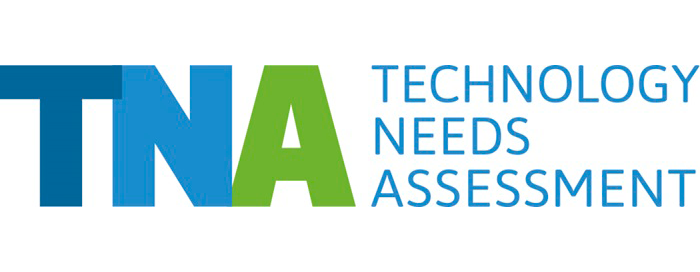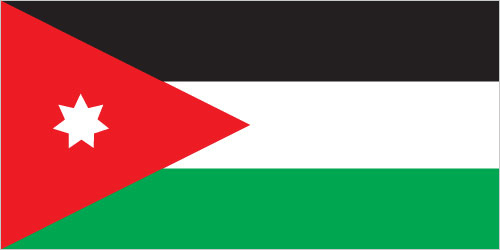Jordan completed its TNA in 2017. Although Jordan has previously begun work to address the challenges of climate change, there has been a technological gap in these efforts, as necessary adaption and mitigation climate technologies have not been considered.
The TNA introduced a systematic approach through which the most relevant climate technologies were found and selected. It also worked as way to develop an integrated approach, seeing how the chosen technologies complement and strengthen each other across sectors.
Jordan’s agriculture sector is under pressure from an unfavorable arid landscape, whose conditions are being worsened by the changing climate, as well as significant population pressures from regional conflicts. Less rainfall, hotter temperatures and unreliable weather patterns pose a great threat in particular to the large rural population that is dependent on subsistence farming.
The TNA identified grassland management as a priority and oversaw a project to revive an old tradition called hima, a community-based system of grazing management. Jordan’s Ministry of Environment has developed a Concept Note for the Green Climate Fund to scale up the successful pilot project.
The TNA stressed the need for optimizing water usage in Jordan’s agriculture sector by implementing drip and subsurface irrigation. The Technology Action Plan details a project to introduce this technology, which aims at irrigating 60,000 ha by 2030 through capacity-building programmes and attractive financial subsidies for farmers and landowners.
Jordan’s TNA contributes to the following Sustainable Development Goals:







